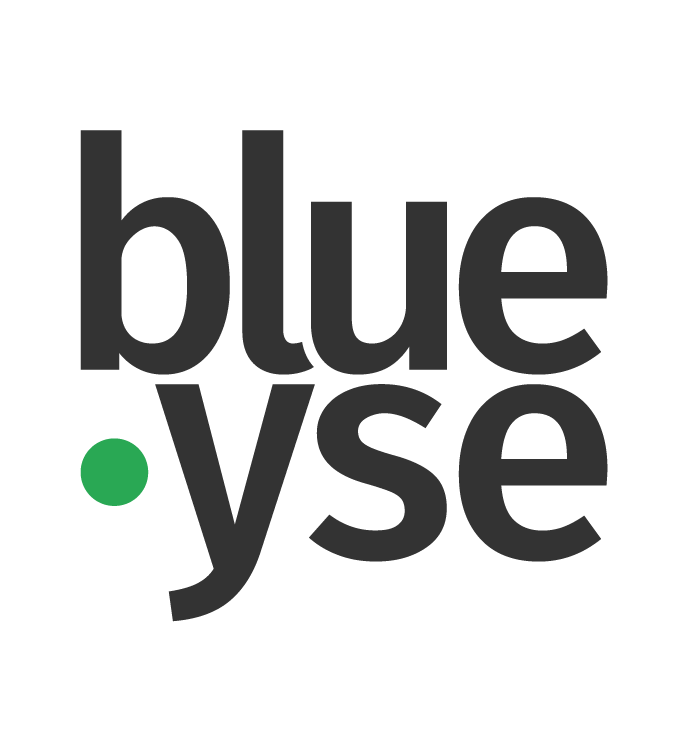
Through decades of migration, the Netherlands has become a super diverse society. People differ in education level, ethnic-cultural background, age, lifestyle and family forms. There are people with one or more physical or mental challenges and minority groups. In addition, people differ in languages (language level and foreign languages), religions and media use (digital proficiency and accessibility). Inclusive communication in which everyone feels seen and understood is of great importance. It is a means to shape our attitudes, perceptions and behaviour and reflects the world in which we want to live and work. Only in an inclusive environment (where diversity is accepted, respected and valued) can people fully develop themselves.
Inclusive communication is a fairly recent concept
The word inclusive communication appeared in the media in October 2017, when the Council of Europe led by Donald Tusk issued an Inclusive Communication Guide. In doing so, Tusk indicated that we must re-commit ourselves to the values on which the Union is founded. These are respect for human dignity, freedom, democracy, equality, the rule of law and respect for human rights, including the rights of minorities. These values are common to the Member States in a society characterised by pluralism, non-discrimination, tolerance, justice, solidarity and equality between women and men. In Canada, inclusive communication has long been taken into account. And this also applies to Germany and Switzerland.
Companies and organisations must take the lead
Companies and organisations play an important role in our society. It is crucial that they ask themselves the question: do we implement inclusion in the right way? Do we embrace diversity in a constructive, positive way and do we take that extra step? It is great if companies and organizations are also socially active around certain themes.
Quick checklist for developing Inclusive Communication Material
| Preliminary considerations Who is my target audience? | How do I ensure that I reach everyone within my target audience, regardless of their abilities, disability, or their gender, sexual orientation, ethnic origin, socio-educational background, etc. |
| Inclusive text Do I use the right language to make sure I reach my audience? | Do I avoid jargon? Do I use gender-sensitive, diversity-sensitive language? Can I write the text stronger and more readable? |
| Inclusive visuals Do I make sure I do not represent gender, age, ethnic and other groups in a stereotypical way? | Do my selected images fully represent society in their diversity (of genders, racial and ethnic backgrounds, abilities) or do all people represented belong to the same specific group? Do I ensure that people with a visual impairment have access to the most important message that the image radiates? |
| Inclusive events | Are my event venues and services accessible to people with disabilities? Are my panels diverse and gender balanced? |
| Accessibility Have I checked whether forms, PDF files, documents, web pages meet the accessibility requirements? | Have I provided alternatives to accessing visual content for people with visual impairments (alternative texts or transcriptions that can be read by a screen reader)? Have I provided alternatives to access audio content for the deaf (transcriptions, subtitles, international sign language, or otherwise)? |
The Dutch government has an exemplary role
The government wants everyone to be able to use the information and services of the government in an equal way. As large a group as possible should be able to understand and recognize the information and communication of the government. In addition, online and offline channels must reach as many people as possible. To achieve this, a number of things are important:
Understandable language
Not everyone has language skills. The central government offers a lot of information at language level B1. A large majority of people understand texts at the B1 level. Yet B1 is too difficult for 20% of the population. That is why it is good to also offer information at another language level (language level A2). Or in a form other than text, for example in an informative video.
Translation policy
Inclusive language also includes: in which language do you write. More than 1 million people with a non-Dutch nationality live in the Netherlands. The government has adopted a translation policy. The base for the translation policy is: do not translate, unless. This means that the Dutch government prefers to communicate in Dutch.
Sign language
The editors of Rijksoverheid.nl translate important topics on the website Rijksoverheid.nl into sign language videos. The target group consists of deaf and hard of hearing people. Some of them are less proficient in language due to their disability. That is why it is important to offer sign language videos in addition to information in (simple) text.
Digital accessibility
A quarter of the Dutch population has one or more physical or mental challenges that makes it more difficult to use the internet. Think of people who are deaf or hard of hearing, blind or visually impaired, color blind or dyslexic, or cannot use one or more limbs. Some of them use tools such as reading software or subtitles.
Digital skills
A lot of information and services are offered digitally. While almost one in five Dutch people find it difficult to work with digital devices, such as a computer or smartphone. This concerns young people (up to 35 years) and the elderly (75+). As a result, people miss out on most things that go around online.
Reaching target groups through helpers
We know from research that many people do not know how to find their way to government information and services themselves. These people are often helped by others who know their way around, the so-called ‘helpers’.
Government takes a good look at themselves
Inclusive use of imaginary is a point of attention for the central government. Minorities are often times not enough seen (or not in the right way) in photos, videos and campaigns of the government. Think of people from LGBTQI+’s community, people with a migration background or people with a disability. This while the government wants to prevent stereotyping, and wants to do justice to the diversity in Dutch society.
Sources
Communication inclusive : qu’est-ce que c’est ? https://ecrireetraconter.com/communication-inclusive/
Qu’est-ce que l’écriture inclusive ? Ou langage épicène: https://ecrireetraconter.com/ecriture-inclusive/
La communication inclusive au Secrétariat général du Conseil de l’Union européenne: https://www.consilium.europa.eu/fr/documents-publications/publications/inclusive-comm-gsc/
Guidelines for Inclusive communication: https://www.fdesouche.com/wp-content/uploads/2021/11/guidelines-for-Inclusive-communication.pdf
Inclusive communication: what and how: https://www.communicatierijk.nl/vakkennis/inclusieve-communicatie/inclusieve-communicatie#:~:text=De%20Rijksoverheid%20wil%20in%20contact,de%20Rijksoverheid%20naar%20inclusieve%20communicatie.
